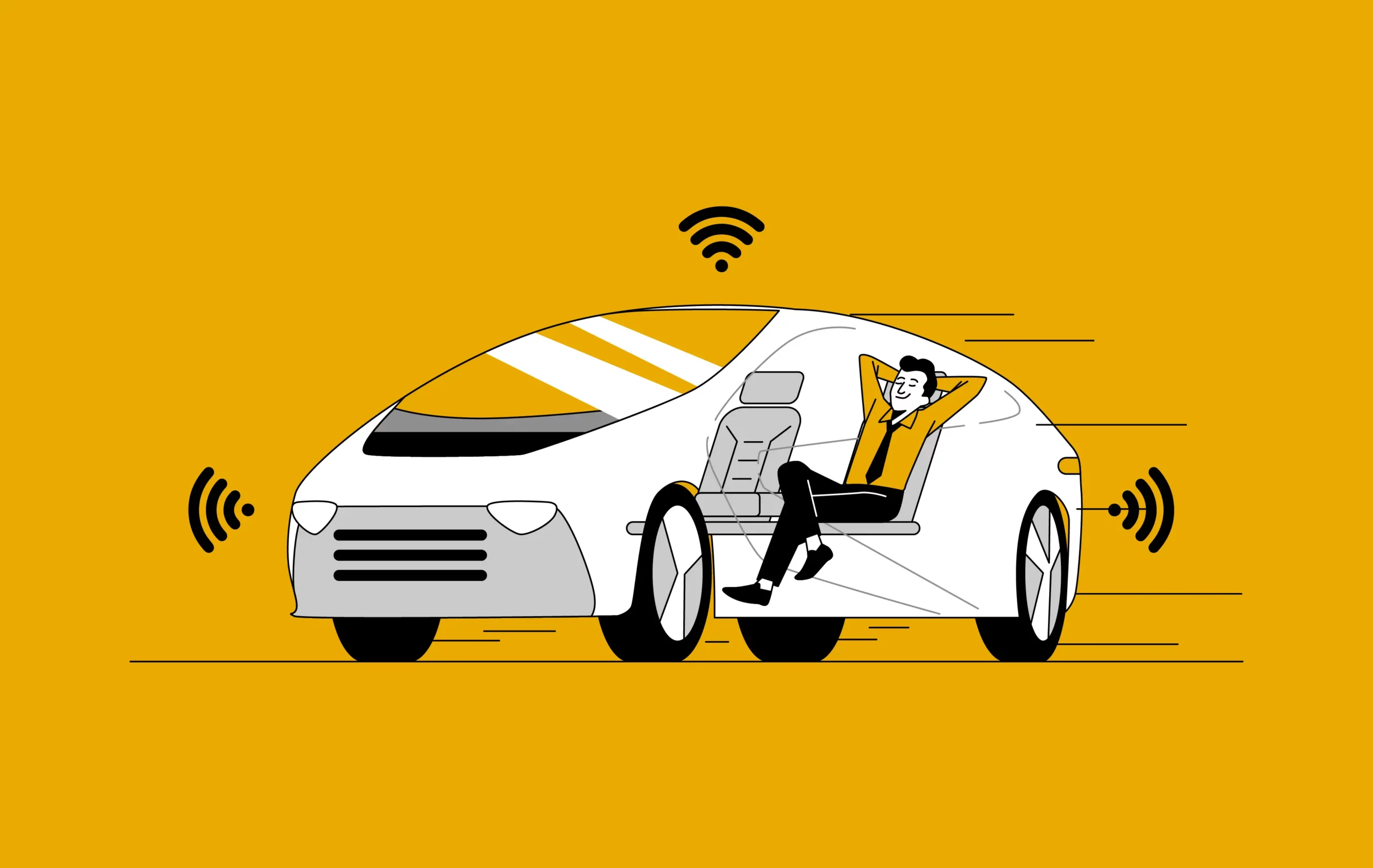Abstract
AI, or artificial intelligence, is turning into a formidable tool that allows machines to think and act like people. There is substantial empirical evidence to suggest that AI is “Cognitive Computing,” in which machines, primarily computers, are programmed to infer, reason, perceive, think, sense, and behave in ways similar to humans. Autonomous Vehicles or Self-Driving Cars use AI to control the car and are dependent on sensors, actuators, complex algorithms, machine learning systems and powerful processors to implement software. Autonomous vehicles sense their surroundings using a range of sensors located throughout the vehicle. In India, the AV ecosystem is still in its infancy. According to KPMG’s 2020 Autonomous Vehicle Readiness Index, India ranks 29th out of 30 countries on the list. However, coordinated efforts from the automotive and artificial intelligence industries are ongoing to achieve significant development in the subject. Self-driving vehicles (SDVs) hold immense potential to revolutionize transportation in India. Their disruptive and transformative nature necessitates a robust and comprehensive legal framework tailored to the country’s unique driving conditions. While the widespread adoption of SDVs seems imminent, India currently lacks specific laws governing them. This article addresses the urgent need for legislative reform, exploring options like amending existing laws (Motor Vehicles Act, Consumer Protection Act, Indian Penal Code) or enacting new ones. Drawing from international examples, it emphasises the importance of stringent regulations and clear liability frameworks for accidents involving SDVs. Overall, India must embrace SDVs while ensuring safety and accountability through a carefully crafted legal infrastructure.
Introduction
The story is often told as follows: it’s the year 2035, and you’ve just awakened to start your day. As you prepare for work—taking a shower, having breakfast, grabbing notes for the morning meeting—you contemplate the upcoming commute. Heading towards the car, you effortlessly enter, input the destination, and settle in for some light reading during the twenty-minute journey to work. Your car autonomously handles the drive, allowing you to daydream and read, while the commute has become faster, with traffic being a rare occurrence. Moreover, the safety of “driving” has significantly improved compared to the numerous crashes and fatalities of previous decades. This positive trend reaches its pinnacle with the advent of autonomous and connected vehicles, eliminating driver error as the primary cause of accidents. In the most advanced scenarios, once you arrive at work, the car proceeds to pick up another family member, such as an elderly parent or a child incapable of navigating the roadways independently. In truly groundbreaking examples, users don’t own the car; instead, a municipality or private company possesses a fleet of vehicles that can be summoned instantly as needed.
In the realm of consumer technology, the self-driving vehicle (SDV) is frequently described as a disruptive and transformative force. Observers emphasize that SDVs have the potential to not only revolutionize driving habits but also reshape how time is utilized and influence the development of urban landscapes, garnering increased attention from the public. The narrative traces back to the 1997 COMDEX computer conference, where Bill Gates highlighted the transformative impact of the PC industry compared to the perceived lack of innovation and cost-effectiveness in the consumer automobile sector. Despite such critiques, car manufacturers have progressively integrated more computer technology into vehicles, introducing features like backup cameras, assisted braking, GPS, and stability control systems as standard in many models, enhancing performance and safety. These incremental strides in smart vehicle technology suggest the prospect of a collaborative relationship between technology companies and car manufacturers in SDV development. With entities like Google working on self-driving technology for existing vehicle models, a shift toward a more computer-like driving experience is evident. This trend raises the possibility of traditional vehicles becoming obsolete, akin to the transition from horse-drawn carriages in centuries past, showcasing technology’s transformative impact on transportation. While the anticipated time frame for widespread adoption of the next level of SDVs often centered around 2020, with broader integration expected between 2040 and 2050, several hurdles must be addressed to make this technology feasible, accessible, and acceptable. These challenges encompass developing cost-effective technology for the consumer market, establishing frameworks to navigate legal and insurance issues, adapting road infrastructure if necessary, and addressing concerns related to driver trust and acceptance of new technology. Additionally, there remains uncertainty regarding who will be deemed the “driver” in the realm of self-driving vehicles. This paper delves deeper, taking inspiration from the national discussions in the US and UK, but focusing specifically on India’s unique driving statutes. We aim to equip Indian policymakers with a comprehensive legal guide as they navigate this transformative landscape. By analyzing existing motor vehicle regulations in India, alongside the exemplary legal frameworks crafted in the US and UK to accommodate autonomous vehicles, we hope to illuminate the means and necessity for robust legislation around liability in India.
Click Here To Download The Paper


📌Analysis of Bills and Acts
📌 Summary of Reports from Government Agencies
📌 Analysis of Election Manifestos

